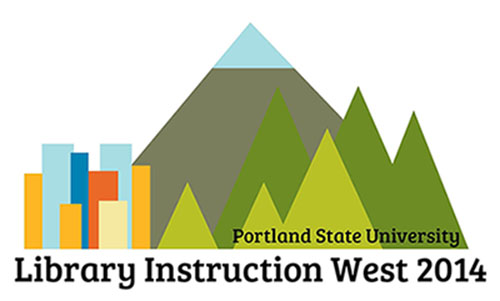Start Date
7-24-2014 11:15 AM
End Date
7-24-2014 12:15 PM
Subjects
Information literacy -- Study and teaching (Higher), Cognitive learning, Information services -- User education, Active learning
Description
Drawing is an excellent lo-fi teaching method for students to interact with and demonstrate their competence (or ignorance) of information literacy concepts beyond traditional text dominated methods. This program explores the use of drawing as a tool to teach library instruction and information literacy. This includes examples of drawing exercises and an examination of student illustrations made in library instruction workshops. Attendees will work together on a hands-on drawing exercise. Participants will:
• Be able to describe the opportunities and challenges of drawing activities in library instruction workshops
• Be able to design drawing activities for their own workshops
The presentation associated with this article can be accessed at http://archives.pdx.edu/ds/psu/14528.
Persistent Identifier
http://archives.pdx.edu/ds/psu/14509
Included in
Learning Information Literacy through Drawing
Drawing is an excellent lo-fi teaching method for students to interact with and demonstrate their competence (or ignorance) of information literacy concepts beyond traditional text dominated methods. This program explores the use of drawing as a tool to teach library instruction and information literacy. This includes examples of drawing exercises and an examination of student illustrations made in library instruction workshops. Attendees will work together on a hands-on drawing exercise. Participants will:
• Be able to describe the opportunities and challenges of drawing activities in library instruction workshops
• Be able to design drawing activities for their own workshops
The presentation associated with this article can be accessed at http://archives.pdx.edu/ds/psu/14528.



Notes
This is the authors' accepted version of an article that was subsequently published in Reference Services Review, Volume 43 Issue 1 by Emerald Group Publishing. The version of record may be found at: http://dx.doi.org/10.1108/RSR-08-2014-0030.
This article is (c) Emerald Group Publishing and permission has been granted for this version to appear here (http://pdxscholar.library.pdx.edu/). Emerald does not grant permission for this article to be further copied/distributed or hosted elsewhere without the express permission from Emerald Group Publishing Limited.